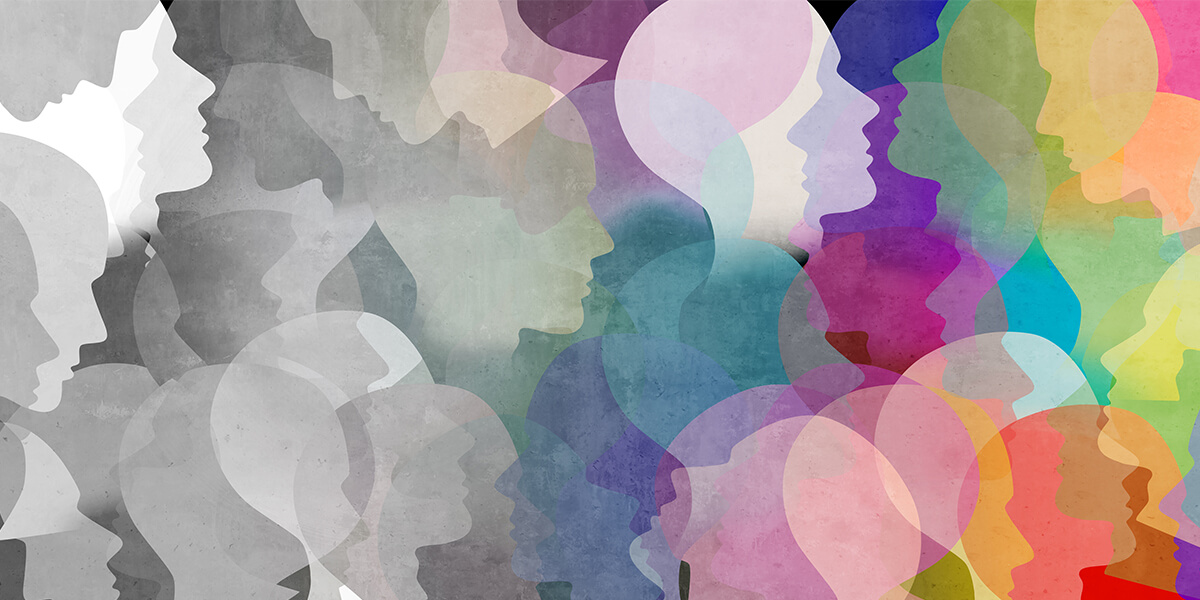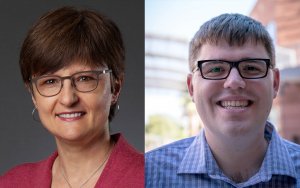Using AI to Decode Unique Cultures

If global health crises in the last six years have taught us anything is that understanding the impact of culture on human behavior, and ultimately policy, can save lives.
For example, in Western Africa, a commonly performed funeral ritual that significantly contributed to the spread of Ebola in 2014 was the washing and cleaning of the dead body. In other rites, relatives wash their hands in a common bowl and touch the face of the deceased symbolizing a ‘love touch’ – a bond between the living and ancestral spirits.
Similarly, the COVID-19 pandemic is laying bare the values of nations, revealing in the process cultural pain points. Communities in Haiti, for example, failed to implement social distancing practices to stem the spread of COVID-19 due to fear of starvation. Even the way people speak about the pandemic, in idioms and metaphors, varies from culture to culture.
Understanding these ethno-social dynamics could help policymakers formulate responses that could be more socially acceptable. It may also predict how people in a given culture will react to future outbreaks or certain policy changes.
Following a $2.2 million DARPA grant, researchers at USC Viterbi’s Information Sciences Institute (ISI) will use AI to disambiguate these cultural codes to better understand the social science that drives group behavior.
Uncovering the moral foundations that drive collective action
Led by Fred Morstatter, a research assistant professor and research lead at ISI, and Kristina Lerman, a research professor of computer science and principal scientist at ISI, the multidisciplinary research group includes data scientists, anthropologists, counterinsurgency and machine learning experts. They want to automate the process of learning mental models shared by a group of people.
“Our goal is to develop a framework that allows us to understand the dynamics that drive the decision-making process of a culture at a deeper level.”
Fred Morstatter
Imagine a Siri for culture – a personal cultural assistant capable of translating norms, customs, and values to humanitarian responders during a natural disaster or a virus outbreak. How much more nuanced their response could be?
“People within the same culture share certain moral foundations,” said Lerman whose recent work helped identify political trolls on social media and measured moral framing and ideological bias of news during the COVID-19 pandemic. “These are values, beliefs, and norms that are largely opaque to outsiders.”
Lerman and Morstatter will approach the problem through the lens of moral foundations theory. The theory describes a set of intuitive ethics from which cultures construct virtues such as care, liberty, fairness, loyalty, authority, purity, and sanctity. These moral foundations are then used to create narratives and unique moralities that justify individual and group actions. For example, a person from a particular culture may have an automatic moral disapproval of taking medications because they prefer natural products indicating a bias towards purity.
Understanding how and why morality varies across cultures
The researcher’s first task is to try to understand how and why morality varies across cultures and how these intuitive ethics are finely tuned to navigate a complicated social network where we have to maintain our alliances and reputations.

Kristina Lerman (left) is a research professor of computer science and principal scientist at ISI while Fred Morstatter (right) is a research assistant professor and research lead at ISI.
“We are primed to feel good about people who share our values and we’re fearful of people who do not,” Lerman said.
She pointed out that once we’ve sorted ourselves into homogenous moral communities it becomes a lot harder to accept outsiders and to work together.
This is underscored by the fact that many of us tend to get our ideas about another person’s culture mainly from the internet where there is no human connection. “It’s just so easy and automatic to reject it,” she said.
Morstatter described several innovative approaches they will undertake:
“We’re building on a novel knowledge graph that will be informed by local insights gleaned from cultural texts and news,” he said. “These will be refined via interviews with locals from a given culture.”
The team will also employ Correlation Explanation (CorEx), an information analysis tool developed by USC computer science research assistant professor Greg Ver Steeg, a senior research lead at ISI who has recently used the tool to detect early signs of Alzheimer’s disease.
“CorEx will help us uncover hidden factors in the data,” Morstatter said. “Take a moral foundation like purity. We want to see how it interacts with another foundation like care or harm. We also want to know how this is correlated to other factors like political ideology and how a violation of a given moral foundation can lead to violence.”
Morstatter and Lerman have also enlisted the help of Dr. David Kilcullen, a leading counterinsurgency expert who leads the Cordilera Applications Group. They will develop a more crystalized picture of a particular region from scanning salient news and other open-source data.
Professor Jeffrey Brantingam of UCLA will develop “tasks” to be solved by locals that will test the validity of the researchers’ underlying models. Additionally, Jay Pujara, a research assistant professor at USC ISI will develop a knowledge graph – a visual network representation of the events that unfold on the ground. This will be used to predict future events.
By surfacing the sacred values of a culture, the multidisciplinary team hopes to gain insight into how a given population will react to different types of events or predict attitudes about climate change, vaccines, epidemics, or peace. It will also put new capabilities into the hands of policymakers to forecast what kind of impact a decision can have on a given cultural group.
“Our goal is to develop a framework that allows us to understand the dynamics that drive the decision-making process of a culture at a deeper level,” Morstatter said. “And by doing so we generate more culturally-informed forecasts.”
Published on April 13th, 2021
Last updated on April 13th, 2021